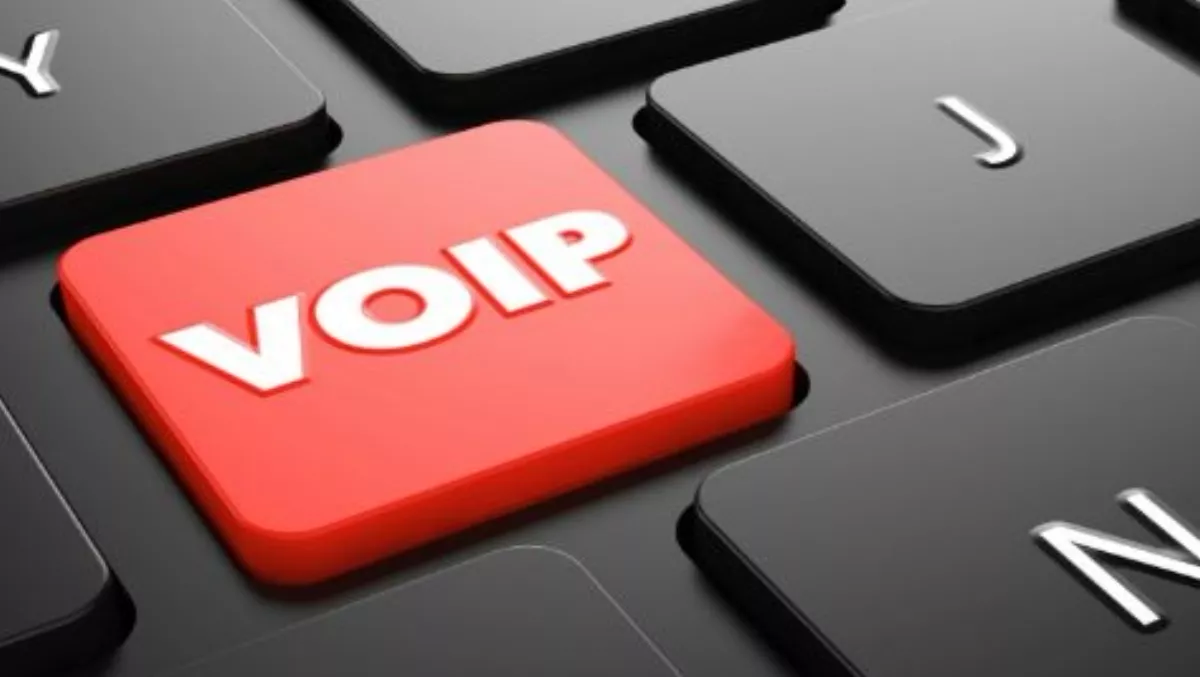
What you should know about VoIP callback
There are many countries where the telecom market is strictly regulated and telecommunication services belong to the single company which is controlled by the government. In such environment, other providers are not allowed to offer their services and it is not possible to obtain a local DID number for an access number purposes. In this case, the callback is the only choice which allows local people to save lots of money on international calls. In other regions, where DIDs are available, a callback is rarely used unless there's an economical reason (DIDs are expensive or calling rates to DIDs are high).
Callback Call Flow Callback occurs when the caller is called back after he or she initiates a call through an access number. The callback is used in two main cases – to deliver services to those countries where DIDs are not available and to provide services for those clients who prefer not to pay for the call to the DID. The complete process of a callback service usually looks like this:
Caller dials a DID number Call hangs up automatically and caller hears a busy signal Within a few seconds, caller receives a return call Caller picks up this call and hears a message prompting to enter destination number Once destination number is entered, connection between calling parties is established.
Parts of a Callback: Leg A and Leg B The cost of making a telephone call via callback consists of two parts, as the caller is effectively paying for an outbound and inbound call at the same time. For example, a customer from Senegal is calling to Venezuela. Normally his local mobile provider would charge him the $2/minute rate, but as the connection was not established, there's no fee. While callback service provider charges a customer for two calls:
Inbound call to Senegal ($0.3/minute), also called the leg A. This is the call returned back to the subscriber after the trigger call is initiated Outbound call to Venezuela ($0.1/minute), also called the leg B. This is the connection to the destination number Totally customer pays $0.4/minute for a call from Senegal to Venezuela. Comparing with rates of mobile network provider, he saves 80%.
Methods to Trigger a Callback The most popular method to trigger a callback is by calling a DID number, but it's not the only one. There are few additional ways of initiating callback service by:
Sending an email in a special format Sending an SMS in a special format Entering the source and destination numbers in the user interface Using application programming interface (API) request (for integration with the website or third-party applications).
Be Aware of This Before Offering a Callback Call path in callback begins in the mobile operator's network, then it goes through the DID provider and only then it reaches your system.
Totally there are at least two providers between your client and you. It means that you do not have a full control on the call connection, so before using a callback there are few important aspects to consider. First, make sure that your DID provider sends the correct Caller ID information. If not, your system will not be able to determine the original caller. Second, it is not guaranteed that mobile operator and DID provider will send the DTMF tones properly. This means that the caller may not be connected to the call recipient, even though the destination number was dialed after receiving the dial tone. You can choose or change the DID provider, but you won't be able to do the same with the mobile operator as you are creating a competition for them by offering long distance calling services.
The last thing to note is that if you apply authorization by PIN in a callback service and caller is not authorized for some reason, you will be the one who will have to cover calling expenses. This happens because of the callback logic – system calls back any caller, who knows the callback DID, but it allows to dial destination only for those who enter the right PIN code and are authorized.
The sad truth is that you'll have to pay for all your clients that enter the incorrect PIN few times in a row. In addition to this you may receive calls to your callback DID number by people who are aware of your service and are hoping to guess the PIN code or are trying to make harm for you (e.g. if they are your direct competitors). To avoid this, you can use authorization by ANI (pinless). In this case, the system will call back only if the caller ID matches with the records in its database.
P.S. This post is a part of the book "How to Start and Run VoIP Business" which will be released by the end of 2015. If you found it interesting and would like to receive more information like this, sign up for the newsletter in http://www.runvoipbusiness.com
By Vilius Stanislovaitis VoIP Business Start Consultant, VoIP Softswitch Expert

